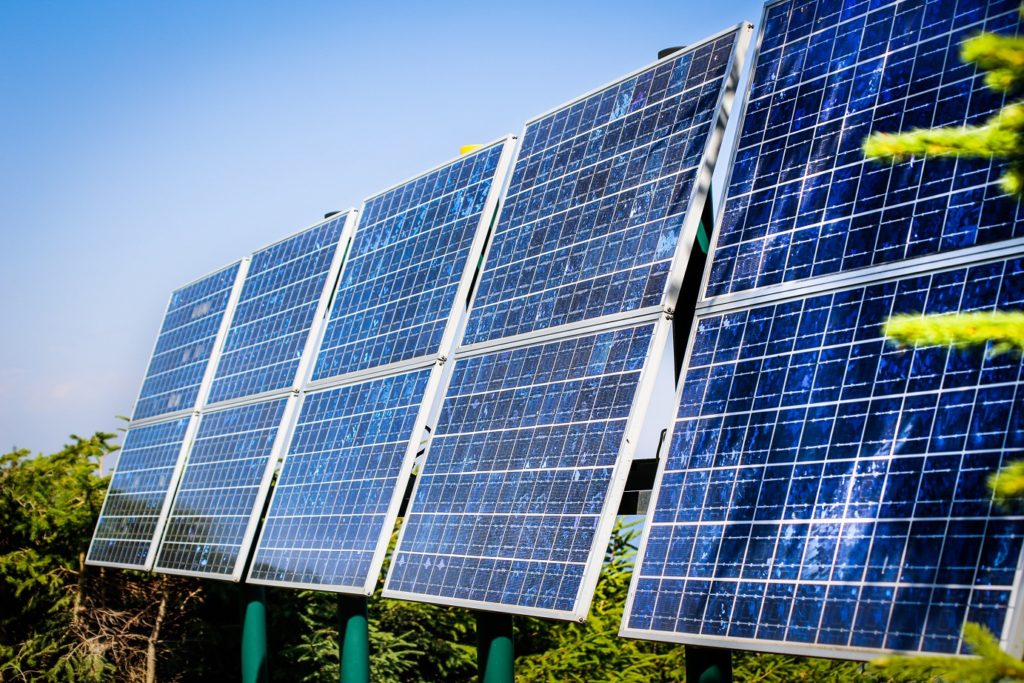Despite decades of effort and tens of billions of dollars in investment, access to reliable and affordable energy remains a luxury for more than 500 million Africans. This is particularly significant in rural areas where almost half of the continent’s inhabitants live.
Article originally published on https://afrique.latribune.fr/
Centralised electricity grids as seen in rich countries remain a challenge. The investments required are disproportionate to the states’ capacity, and users cannot afford them.
In this context, a new generation of private companies specialising in off-grid solutions, usually “mini- grids” coupled with solar power plants, has emerged in recent years. Despite a large number of announcements, rural electrification is still struggling to take off. Several obstacles have been identified: dispersion of the areas to be electrified, low energy needs of the final beneficiaries, limited financial means to pay for the connection, etc. Charitable models have shown their limits, mainly linked to an inability to operate in the long term, i.e. without state support.
Agricultural productivity: a high energy price
One of the priority levers to solve this difficult equation lies in the broadening of productive uses. We need to understand what the real energy uses are, particularly in agricultural value chains. Today, whether it is to maintain the cold chain or to carry out a first agro-industrial transformation after harvest (grinding, shelling, drying, etc.), farmers and agricultural entrepreneurs use expensive (and polluting), but practical and widespread, electricity generators. It is estimated, for example, that in Nigeria the collective capacity of these electricity generators is eight times greater than the capacity of the entire national electricity grid.
In this context, some private players have understood the need to offer so-called “productive” energy, i.e. energy that is sufficiently powerful to replace generators, and so power small processing plants, refrigeration systems, etc. Beyond the simple sale of electricity, three key elements need to be studied in greater depth: uses (types of need, regularity, costs), equipment (processing capacity, efficiency), and added value (reduction of losses, better quality processing, higher selling prices, etc.).
Successful solutions
In southern Togo, for example, Benoo installed a 30 KW unit to meet the needs of a slaughterhouse under construction. To do this, it was necessary to understand and integrate all the needs of this “off- grid” unit: lighting, including for the poultry houses, the slaughter line, the cold chain, water pumping, office automation, and domestic uses for the staff on-site, etc. From the initial need, a real energy hub was set up to ensure the viability of the project.
A recent project on Lolwe Island, Uganda, led by Engie Equatorial, illustrates this needs-based approach: a mini solar power plant which powers an industrial site that includes a water pumping, water distribution, and water purification station, modern fish drying facilities, and ice-making facilities to preserve fish before export. The value chain approach should ensure the financial sustainability of the project through guaranteed consumption, which in turn will benefit the islanders. This type of project can be considered in other remote areas.
Agricultural recovery: a new and valuable source of energy…
The question also arises the other way around: how can the agricultural sector become a potential source of energy production, particularly via biomass? Thanks to the progress made in the field of energy recovery, electricity generation systems should gradually be able to rely on locally-sourced raw materials. The case of Biovea, the future largest power plant in West Africa fuelled by agricultural waste, with an installed capacity of 46 MW, is a concrete example. Another project, called Bio4Africa, aims to diversify farmers’ income using waste biomass in no less than seven transformation processes.
At the domestic level, many solutions can be identified to replace the use of charcoal or wood for cooking, which often causes deforestation. It is possible to use bio-digesters that make use of the waste from small farms, or to allow agricultural waste to be used in the form of cooking briquettes. This is what the Mali Shi factory in Mali proposes, for example, with a shea butter production of 14,000 tons and a turnover of over 16.8 million dollars. This facility makes use of the by-products of its shea butter processing activities, especially the oil cake (solid residue from the extraction of the oil) which is used to make briquettes sold to local populations as cooking fuel.
…with benefits in the long run
It is essentially this type of thinking and analysis of uses that will make it possible to develop a model capable of competing with the polluting and expensive solutions currently in use: users must see their advantage. Operators will not be able to succeed without a thorough understanding of the value chains of the regions and villages they are targeting for development. However, by succeeding they will help to unleash the growth of agricultural activities, which are so necessary for the enrichment and opening up of rural areas.
Adapting electrification strategies to the needs of agricultural value chains not only makes economic sense: it is also necessary to address the triple challenge of agricultural development, ecological transition, and adaptation to climate change, three urgent issues that are particularly urgent on the African continent.
